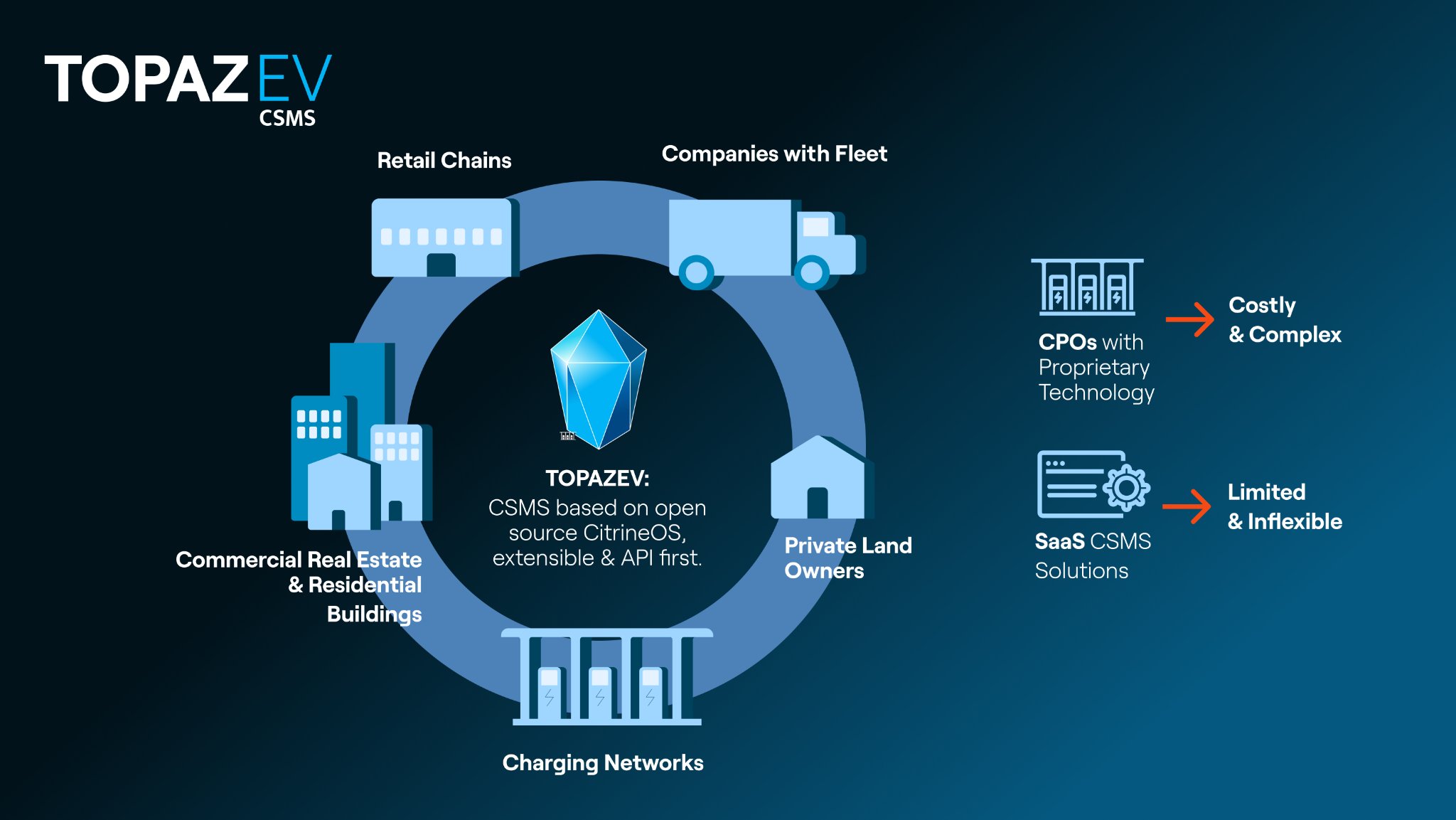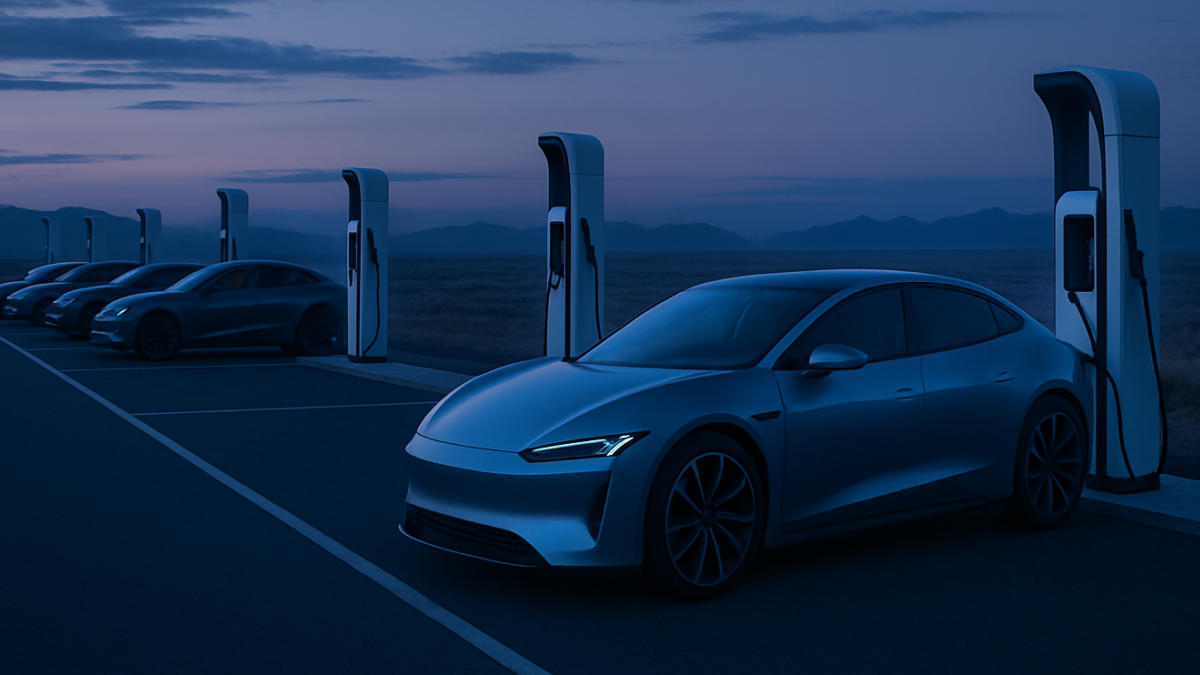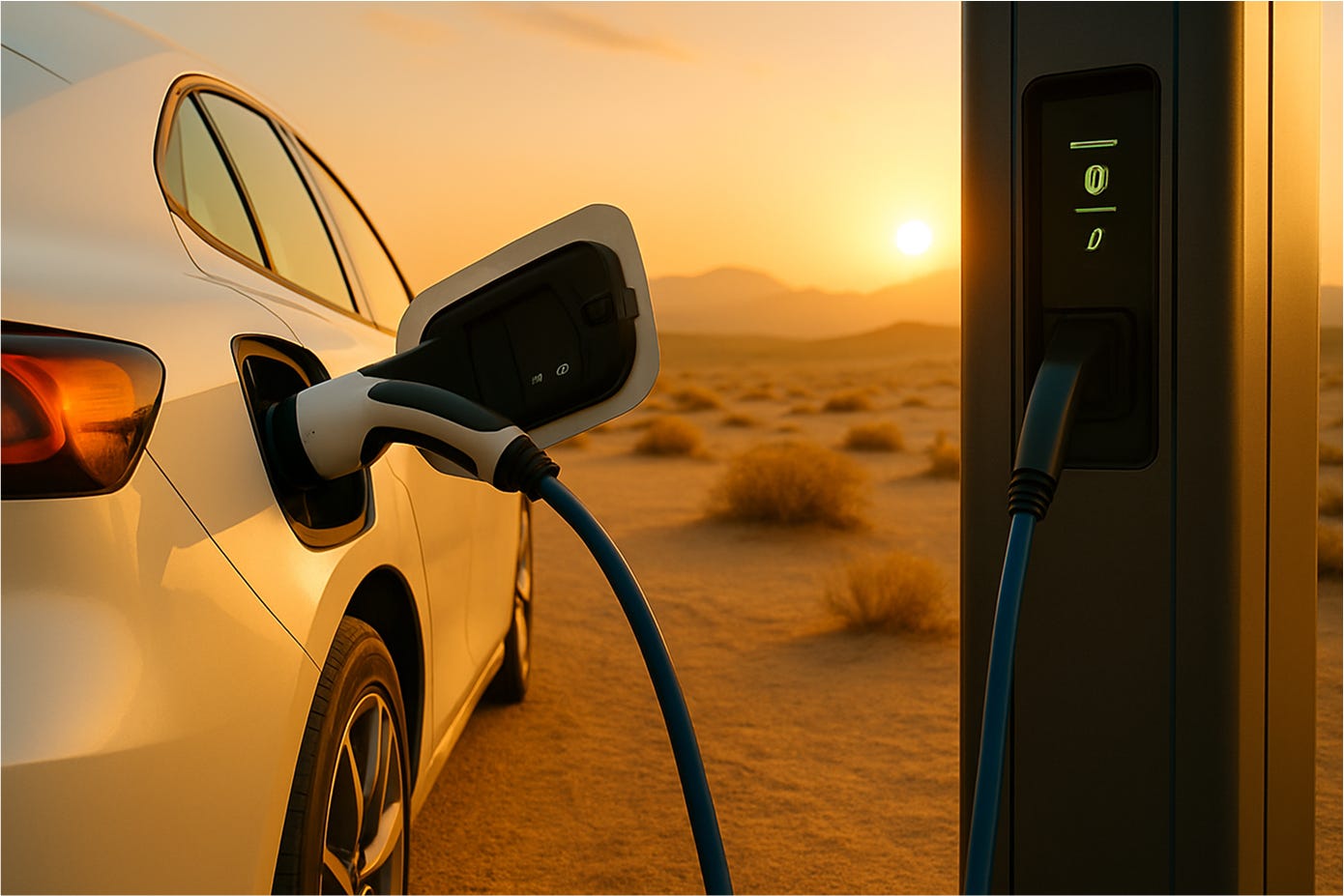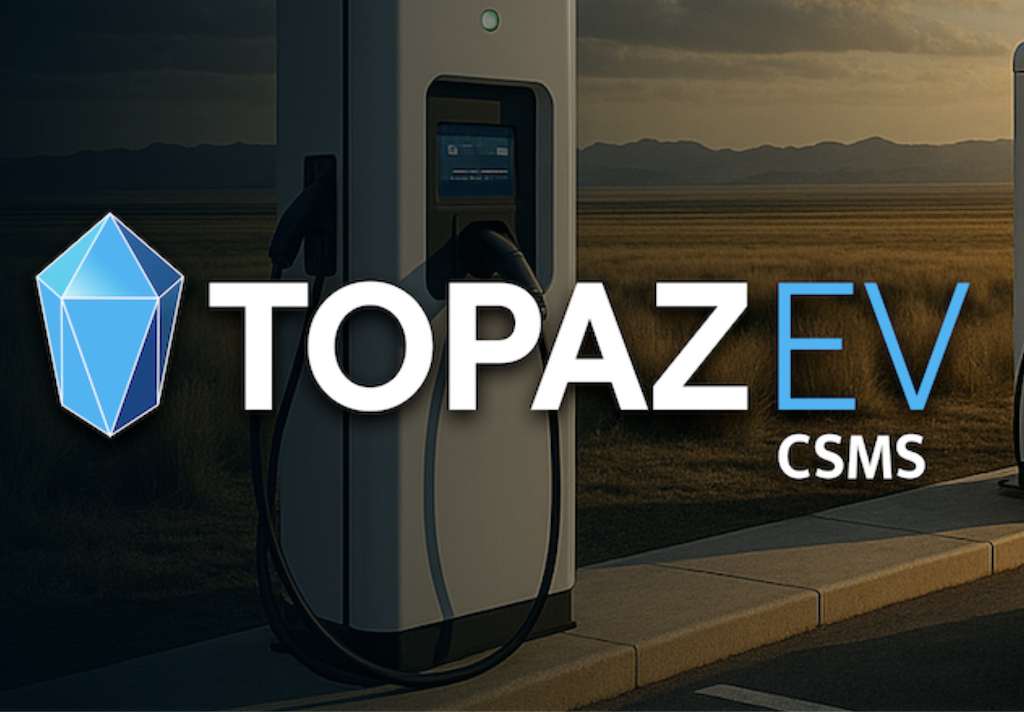EV Charging Needs Open Source

Here’s Why…
Open Roads, Closed Networks: The Roadblocks In EV Adoption
When we first started talking to CPOs and fleet operators, one frustration kept coming up: too many apps, too many systems, and too little interoperability. That’s when we knew the real problem wasn’t hardware — it was control. The electric vehicle revolution is no longer a distant thought, but instead a present-day reality that is quickly unfolding worldwide.
Now, more than ever, we are witnessing an on going shift towards EV adoption, an exciting push towards a more sustainable future in the world of transportation. As a result of this surge, it has increased demand for reliable and accessible EV charging. But as a tale as old as time always shows us, too much of anything isn’t always a good thing; in fact, it can be overwhelming — as engineers rush to build this necessary infrastructure, a significant roadblock emerges, threatening to stall the progress and bring a halt to our sustainable future.
Today, many companies are building their own private charging systems, while this may not sound like a big deal initially, it has created something called a “Walled Garden.” Meaning that they each have their own unique hardware and software, creating an almost dead-end for EV drivers, as they are forced to go between different apps just to find a compatible station to charge their electric vehicle.
On the other end, businesses and property owners struggle too, as they balance EV infrastructure costs: from land to hardware, software, and support. Those who opt for SaaS are left stifled as they find themselves locked into one company’s expensive technology, keeping them from adapting and innovating.
But there’s a different path that eliminates all of these struggles in one platform. At S44 Energy, we believe that the future of charging isn’t closed, but open. The ever-growing topic of open-source represents a strategic advantage for any company looking to create its own EV charging infrastructure that is compatible, flexible, and able to be seamlessly integrated into any app. Let’s stop locking businesses into tech they can’t change, there’s a smarter way to grow. We are paving the way for an open future that together, we can expand and grow.
The Walled Garden
You might be wondering, what exactly is a Walled Garden, and why is it creating so much friction? A term borrowed from the tech world, it describes a closed ecosystem where a single provider controls the entire infrastructure. From the hardware, to the software and services, it deliberately restricts any compatibility with competitors. For example, Apple’s App Store — while powerful and seamless, it is completely controlled by Apple. Thus, you cannot use its services or apps on a non-Apple device. This might seem like a big win for companies, as they are cutting out the competition, but in actuality? It sucks for everybody involved.
Unfortunately, this is exactly what is playing out in the EV charging industry today. Many charging companies are creating their own Walled Gardens with their own branded chargers and systems. This leaves companies adding EV chargers in a tight spot as they find themselves buying the hardware, software, payment systems, and network of an incompatible charging company. For a long time, the most prominent example of this was the Tesla Supercharger network, which was built exclusively for Tesla vehicles, creating a premier yet closed experience.
There are several pain points that can be identified in this process. For the businesses and municipalities, because they are investing in these systems, they find themselves practically deadlocked in high capital expenses and logistical complexities that make it very expensive and difficult to remove one system and install a completely new one — thus preventing them from adapting to new technology or negotiating better terms.
This frustration then passes on to the EV driver, who has to bear the burden of this fragmentation. In order to simply navigate the open road, the driver must download and maintain a multitude of apps, each tied to a different charging network. It is not only a tiring process, but also makes the charging experience feel unreliable and unnecessarily complicated, making the convenience that electric vehicles promise seem redundant. Overall, creating a negative domino effect.

Tearing Down The Walls
The most effective way to dismantle the industry’s Walled Gardens is to introduce a common language that everyone can adhere to. This is the essential function of the open-source philosophy, a model that stands in direct opposition to closed, proprietary systems. At its core, open source allows the software to be a public resource available for shared and collaborative development, rather than a closely guarded secret. This approach establishes a universal language through standards like the Open Charge Point Protocol (OCPP), which guarantees that hardware and software can work together seamlessly, regardless of the manufacturer.
Embracing an open model system that simplifies decisions and saves money, with its biggest benefit being flexibility and freedom. Businesses no longer have to find themselves shackled to a single vendor’s ecosystem, relieving them of the high costs and constraints included with a vendor lock-in. This grants site owners the critical ability to select premier charging hardware for a site and pair it with the most advanced software on the market, putting complete operational control in the hands of the business. A powerful step for innovation, removing the burdens of being tied to the developmental pace of one company and unlocking the collective ingenuity of a global community of developers, resulting in more rapid and secure technological advancements. Finally, building on open source is the most effective way to future-proof your investment. As the industry evolves with new capabilities like Vehicle-to-Grid (V2G), an open system is built to adapt, ensuring your infrastructure remains relevant and valuable for years to come.
The Readily Available Solution: Introducing TopazEV
This open-source advantage is not just a theoretical concept, rather a tangible reality that we, at S44 Energy have actively built. TopazEV is our enterprise-grade, open-source software platform designed to power the future of electric vehicle charging. Engineering from the ground up, it fully dismantles the walled gardens and provides a robust, unified, and scalable foundation for managing charging infrastructure — a control center that puts you in charge complete with a comprehensive suite of tools to operate, maintain, and optimize EV chargers.
TopazEV directly delivers the core benefits of the open-source model, providing unparalleled flexibility and freedom by being completely hardware-agnostic, built on open standards — OCPP 2.X. It empowers site hosts to select the best charging hardware for their specific needs without fear of vendor lock-in, managing everything seamlessly through a single, powerful platform.
TopazEV is intended for accelerated innovation, with a modular architecture that is constantly enhanced by a global community, ensuring the platform remains at the cutting edge of smart energy management, payment systems, and user experience. Most importantly, TopazEV is designed to be inherently future-proof. Its adaptable framework is ready for the next wave of technology, from Vehicle-to-Grid (V2G) capabilities to new industry protocols, making it a strategic investment that grows with the market and protects our partners’ infrastructure for years to come.

The Path to a Connected Future
The path forward for electric mobility is at a crossroads. We can continue down the fragmented road of proprietary, walled-garden systems that create frustration for drivers and lock businesses into technological dead ends. The future of charging infrastructure depends on embracing an open, collaborative approach built on shared standards and moving towards a model that enables growth instead of restricting it. This is more than a technical decision, it’s a strategic imperative for building the resilient and user-friendly network that mass EV adoption depends on.
TopazEV is here to bring a compelling and clear solution. It is a definitive shift away from vendor lock-in and towards true operational freedom. It replaces stagnant, single-company development with accelerated, community-driven innovation. It delivers a truly future-proof infrastructure that protects your investment by being ready for the technology of tomorrow.
The time to break down the walls and build a truly connected charging ecosystem is now. If you are ready to leave behind the limitations of closed systems, learn more about how TopazEV can revolutionize your charging network.
Let’s show you what charging freedom really looks like.
Learn more today at TopazEV.com






